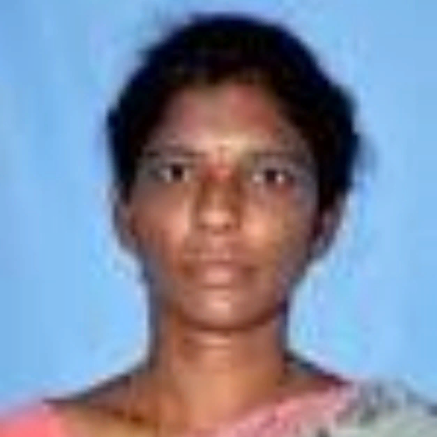
M.Venkata Ramana
Work place: Department of CSE, GIT, GITAM
E-mail: mvramana.gitam@gmail.com
Website:
Research Interests: Image Processing, Image Manipulation, Image Compression, Pattern Recognition
Biography
Smt. M. Venkata Ramana is presently working as Assistant Professor in the Department of CSE, GITAM(Deemed to be Univerity), Visakhapatanm. She has done her B.Tech from Nagarjuna University, M.Tech from JNTU, Kakinada. Presently she is pursuing her PhD. From JNTU, Kakinada. Her areas of interest include Image processing, Pattern Recognition. She has presented a few papers in conference.
Author Articles
Curvelet Transform for Efficient Static Texture Classification and Image Fusion
By M.Venkata Ramana E.Sreenivasa Reddy Ch. Satyanarayana
DOI: https://doi.org/10.5815/ijigsp.2018.05.07, Pub. Date: 8 May 2018
Wavelet Transform (WT) has widely been used in signal processing. WT breaks a signal into its wavelets that are scaled and shifted versions of given signal. Thus wavelets are able represent graphical objects. The irregular shape and compact support of wavelets made them ideal for analyzing non-stationary signals. They are useful in analysis in both temporal and frequency domains. In contract, the Fourier transform provides information in frequency domain lacking in information in time domain. Thus wavelets became popular for signal processing and image processing applications. Nevertheless, wavelets suffer from a drawback as they cannot effectively represent images at different angles and different scales. To overcome this problem, of late, Curvelet Transform (CT) came into existence. CT is nothing but the higher dimensional generalization of WT which can effectively represent images at different angles and different scales. In this paper we proposed a CT method that is used to represent textures and classify them. The methodology used in this paper has an underlying approach that exploits statistical features of curvelets that resulted in curvelet decomposition. We built a prototype application using MATLAB to demonstrate proof of the concept.
[...] Read more.Other Articles
Subscribe to receive issue release notifications and newsletters from MECS Press journals